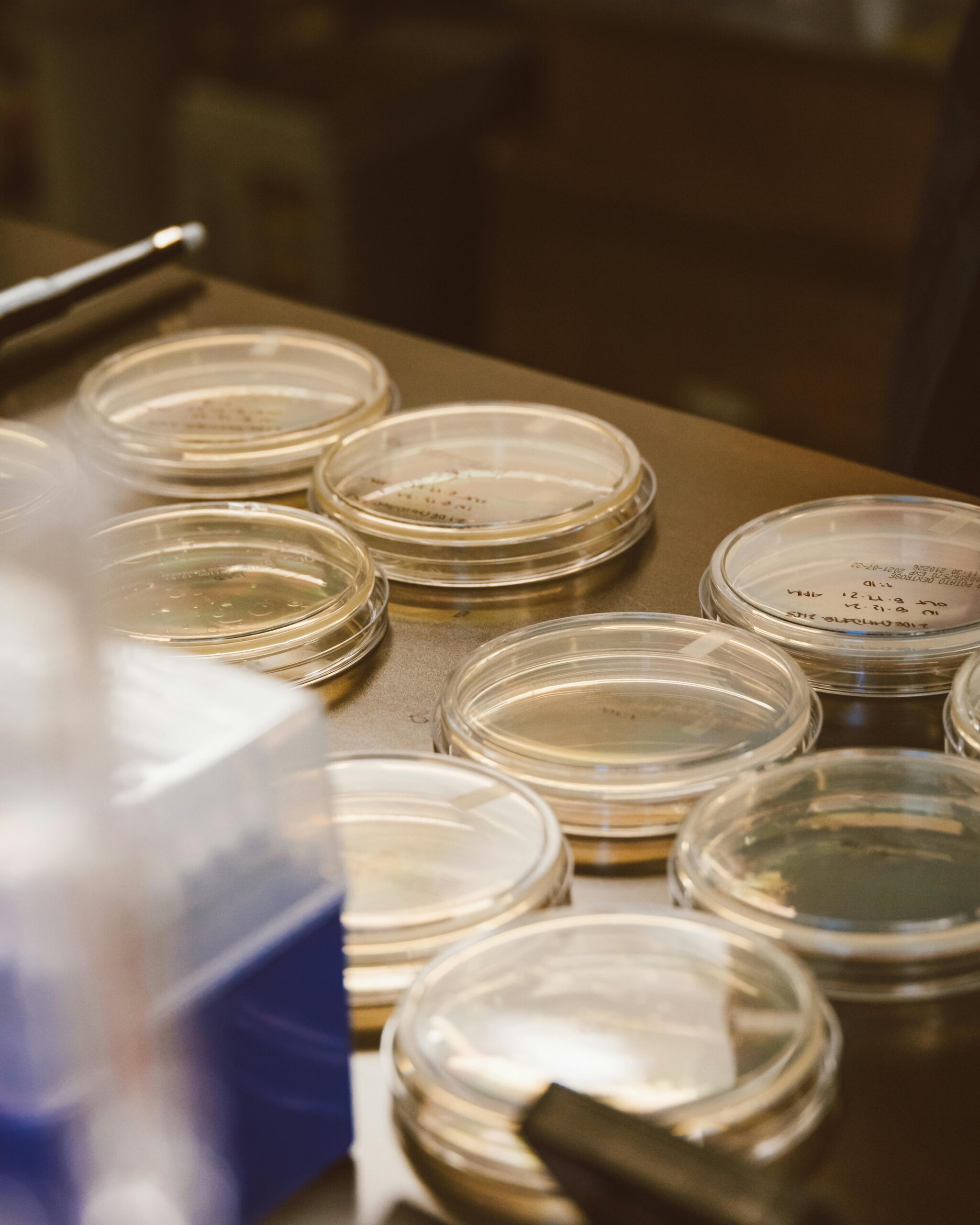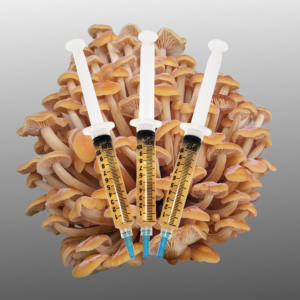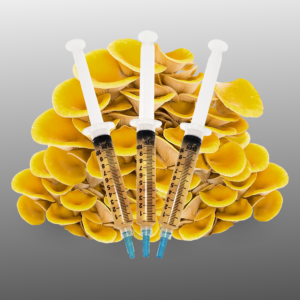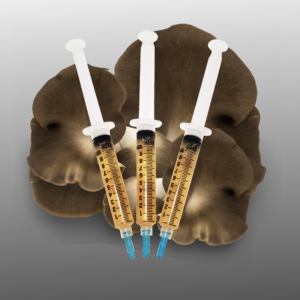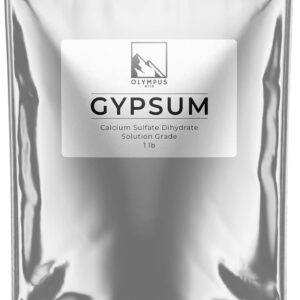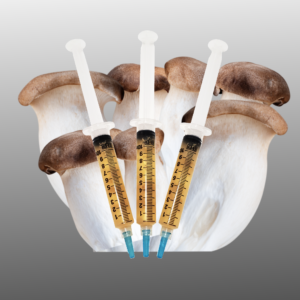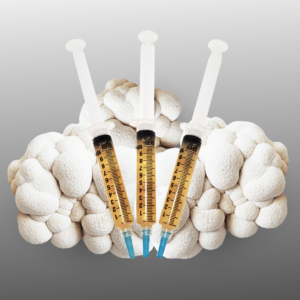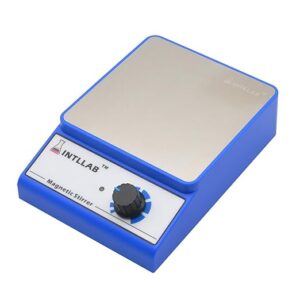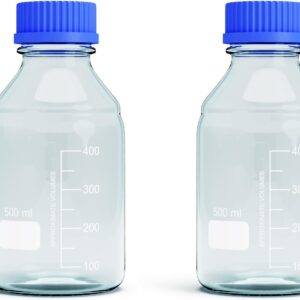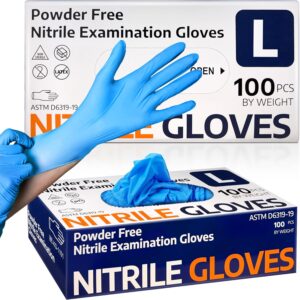Agar is traditionally derived from seaweed, typically red algae, and processed into a gelatinous substance that serves as a solid growth medium in laboratories and various applications. While the basic ingredient is agar-agar, which is obtained from seaweed, common ingredients used to prepare agar growth medium in mycology and microbiology labs may include:
Agar-Agar (Seaweed Extract): The primary ingredient, obtained from seaweed, is the solidifying agent that gives agar its gel-like texture.
Nutrient Source: Depending on the specific requirements of the fungal species or microorganisms being cultured, various nutrient sources can be added, such as malt extract, potato dextrose, or yeast extract. These nutrients provide the essential elements for fungal growth.
Buffering Agents: To maintain the pH level of the agar medium, buffering agents like calcium carbonate or potassium phosphate may be included.
Antibiotics: In some cases, antibiotics may be added to the agar medium to prevent the growth of unwanted bacteria and ensure the purity of the fungal culture.
Agar Plates or Petri Dishes: Agar is poured into sterile Petri dishes or culture plates to solidify and serve as a growth surface.
Sterilization Supplies: Autoclaves or pressure cookers are used to sterilize the agar medium and prevent contamination. Sterile procedures are essential in mycological and microbiological work.
Distilled Water: Agar is typically dissolved in water to create a gel. The ratio of agar to water may vary depending on the desired consistency and purpose of the agar medium.
High-quality distilled water is used to prepare the agar solution to ensure that no contaminants are introduced.
The specific ingredients and their ratios may vary depending on the purpose of the agar medium and the type of fungi or microorganisms being cultivated. Mycologists and microbiologists customize agar recipes to create ideal conditions for their research or experiments, whether it’s for identifying and studying different fungal species or growing fungi for medicinal, culinary, or industrial applications.
Agar is of paramount importance in mycology and various biological sciences. It serves as a solid medium for culturing and studying fungi, including mushrooms and molds. Here’s why agar is essential in mycology:
Solid Growth Medium: Agar is used to create a solid, stable medium that provides a suitable 2d surface for fungal cultures to grow. Mycelium and spores, can colonize and develop on the agar’s surface.
Controllable Environment: Agar can be customized to create an environment with specific conditions such as pH, moisture levels, and nutrient composition. This allows mycologists to create ideal conditions for fungal growth, research, and experimentation.
Isolation and Identification: Agar plates are commonly used to isolate and identify different fungal species. By streaking fungal samples onto agar plates, mycologists can observe the growth patterns and characteristics of individual fungal cultures, aiding in identification and classification.
Research and Experimentation: Agar is the medium of choice for conducting experiments and research in mycology. It enables the controlled cultivation of fungi for various purposes, including the study of fungal biology, genetics, and the development of new strains or species.
Preservation: Agar can be used to preserve fungal cultures for extended periods. Fungal cultures can be stored on agar slants or plates at low temperatures to maintain the purity and vitality of the culture.
Medicinal and Industrial Applications: Agar is used in the production of agar-based products and as a substrate for growing mushrooms for medicinal and industrial purposes. It plays a crucial role in the cultivation of medicinal mushrooms like Cordyceps and Reishi.
Information: Agar plates are valuable tools for understanding the information you can collect about the mycelium. They allow mycologists to collect and learn about fungal biology, and growth patterns.
1. Soybean Agar: Soybean meal or soybean extract can be used as an alternative nutrient source. It provides a balanced nutritional profile for some fungi.
2. Cornmeal Agar: Cornmeal can be processed into a nutrient-rich agar medium. It’s particularly useful for fungi like Fusarium and Trichoderma.
3. Yeast Extract Agar: Yeast extract, derived from yeast, can serve as a nutrient source for agar plates. It’s a rich source of amino acids and other essential nutrients.
4. Maltose Agar: Maltose is a sugar obtained from malted barley and can be used as the primary nutrient source for fungi that thrive on sugar-rich substrates.
5. Vitamin-Enriched Agar: Some fungi may require specific vitamins for growth. Nutrient agar can be supplemented with vitamins like thiamine, biotin, or others based on the fungal requirements.
6. Fruit Juice Agar: Fruit juices like apple, orange, or tomato juice can be used as a base for agar plates, providing natural sugars and nutrients for certain fungi.
7. Seaweed Extract Agar: Seaweed extracts, such as kelp or dulse extracts, can serve as a nutrient source for agar plates. They may offer a unique nutritional profile.
Conclusion: The Significance of Agar in Mycology
Agar is a vital ingredient in mycology, making it possible to study and grow fungi. It provides a solid 2d surface for fungi to grow on, which is crucial for research and experiments. Agar also allows mycologists to create the right conditions for different fungi.
By using agar, mycologists can identify and study various fungi, helping us understand their diversity. Agar is essential for preserving fungal cultures and teaching the next generation of mycologists.
Beyond the lab, agar supports the cultivation of medicinal mushrooms and has practical uses in industry. In mycology, agar is more than just a medium; it’s a key tool for exploration and discovery. Its role in the field helps us uncover the secrets of fungi, step by step.
Materials Needed:
- Agar agar powder
- Distilled water
- Pressure cooker or autoclave
- Petri dishes
- Stirring rod or spoon
- Measuring cup
- pH meter or pH strips
- Nutrient source (malt extract, potato dextrose, or other suitable options)
Procedure:
1. Prepare Agar Solution:
- Measure the appropriate amount of agar agar powder based on the desired concentration (typically around 15-20 grams per liter of water).
- In a clean container, add distilled water and the measured agar agar powder.
2. Mix Agar Solution:
- Stir the agar agar powder into the water using a sterile stirring rod or spoon until it’s evenly dispersed.
3. Add Nutrients:
- Add your chosen nutrient source to the agar solution. Common choices include malt extract, potato dextrose, or other mycological nutrient supplements.
- Follow the recommended ratios provided with the nutrient source.
4. Adjust pH:
- Use a pH meter or pH strips to check the acidity of the agar solution.
- Adjust the pH to a range suitable for mycological growth, typically around 5.5 to 6.5, by adding small amounts of acid (like citric acid) or base (like sodium hydroxide).
5. Sterilize:
- Pour the agar solution into sterilizable containers such as Petri dishes.
- Sterilize the agar solution by using a pressure cooker or autoclave. Follow the manufacturer’s instructions for sterilization times and temperatures.
6. Pour Plates:
- After sterilization, allow the agar solution to cool but not solidify.
- Pour the agar solution into the Petri dishes, ensuring a uniform depth that covers the bottom of each dish.
7. Allow Solidification:
- Allow the agar to solidify by letting the plates cool at room temperature or in a laminar flow hood.
8. Store Plates:
- Once solidified, store the agar plates in a cool, dark place until ready for use. Avoid direct sunlight and extreme temperature variations.
9. Inoculate:
- Inoculate the agar plates with your desired mycological sample using sterile techniques.
10. Incubate:
- Place the inoculated plates in an incubator at the optimal temperature for your specific mycological strain.
11. Monitor Growth:
- Monitor the growth of mycelium on the agar plates. Document any changes or contamination.
Note: Always work in a clean and sterile environment when handling agar and Petri dishes to prevent contamination. Additionally, adjust nutrient sources and agar concentrations based on the specific needs of the mycological species you are cultivating
-
Golden Enoki Liquid Culture
-
Golden Oyster Liquid Culture
-
Grey Oyster Liquid Culture
-
Gypsum Powder for Mushroom Substrate (1 lb)
-
King Oyster Liquid Culture
-
Lion’s Mane Liquid Culture
-
Magnetic Stirrer/Mixer w/stir bar (No Heat) Stirring Capacity: 3000ml
-
Media Storage Bottle – Borosilicate Glass – (500ml – 2pcs)
-
Medical Nitrile Exam Gloves, Latex-Free & Powder-Free Non-Sterile Food Safe Cleaning Disposable Glove, 100 Pcs

